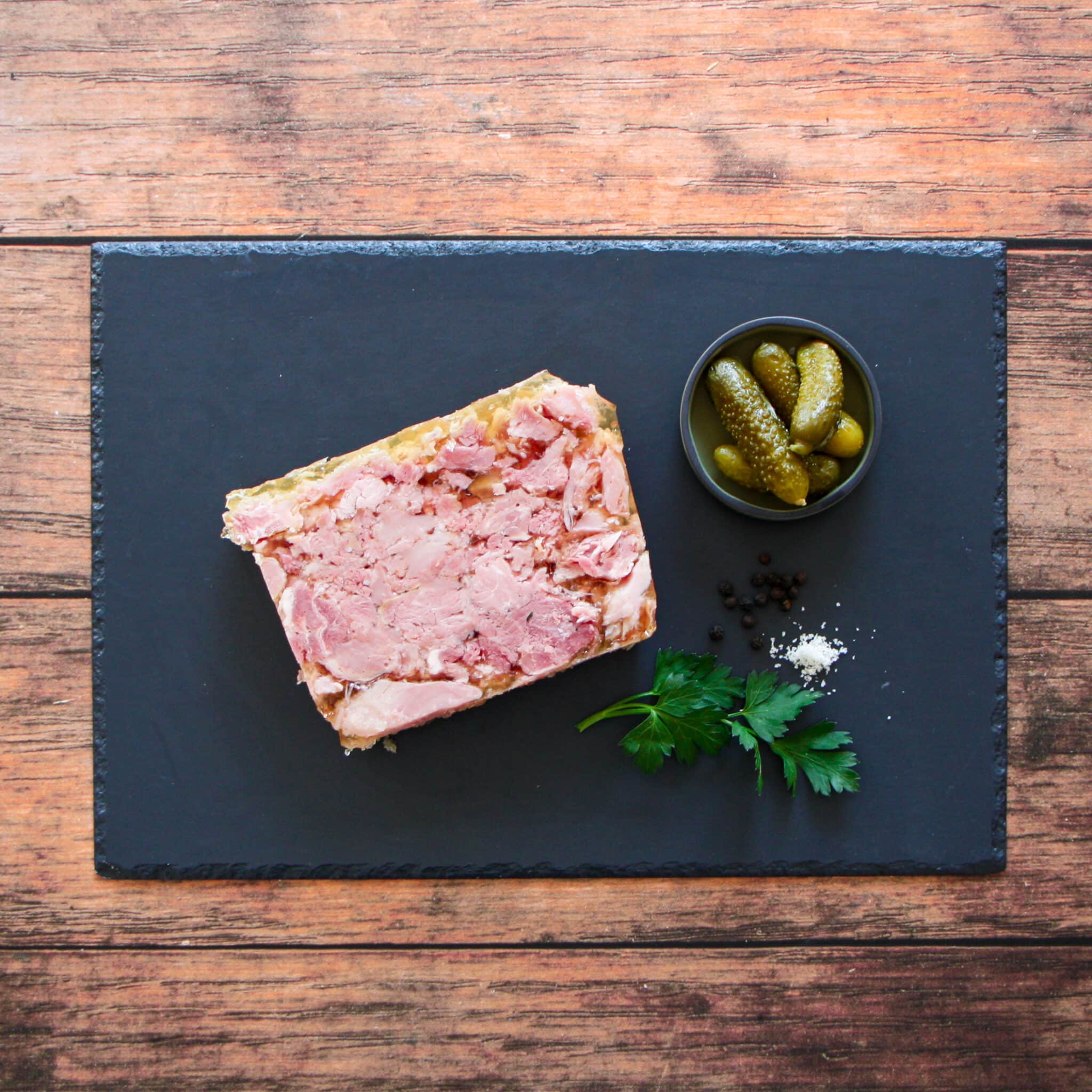The potjevleesch
A culinary beacon anchored in the city of Jean Bart since the 14th century, the potjevleesch – pronounced “pautche-vléch” – is today a beacon of Flemish gastronomy through its estaminets. From Dunkirk to Lille, the potj’ is more than a dish, it is the symbol of conviviality.
The potj’ of friendship
Even today, there is an old battle between the purists who use three meats (rabbit, chicken and pork) and those who add a fourth (veal). But in the end, the good old potjevleesch, this dish of “meat in a small pot” surrounded by jelly and enhanced with vinegar, white wine, juniper berries and a few spices (laurel, onion…) is unanimously appreciated in the homes. And especially under the beams flowered with hop of the estaminets ! In these bastions of Flemish cuisine, a good potj’ is always enjoyed with friends and a pair of French fries.
The popular dish by excellence
The potjevleesch was not born yesterday. In his Viandier published in 1486, Tirel de Taillevent, master cook of the kings of France Charles V and VI, already mentions this typical dish which is very popular in Dunkirk. This shows that one can be the best herring hunters and still enjoy the meat. Moreover, the families of sailors used to prepare the potj’ le for special occasions. Time has passed and nowadays, this dish is eaten all year round without fuss.
To your jars
The best potj’ are made in old pots ! Why don’t you get started ? It’s not that complicated. Take a bowl, put your spices in the bottom, alternate layers of meat, put a layer of spices and so on. Then add the white wine and the vinegar. The meat must be covered. Bring to a boil and cook over low heat. Once the terrine has cooled, leave it in the refrigerator for 12 hours so that the jelly sets.





